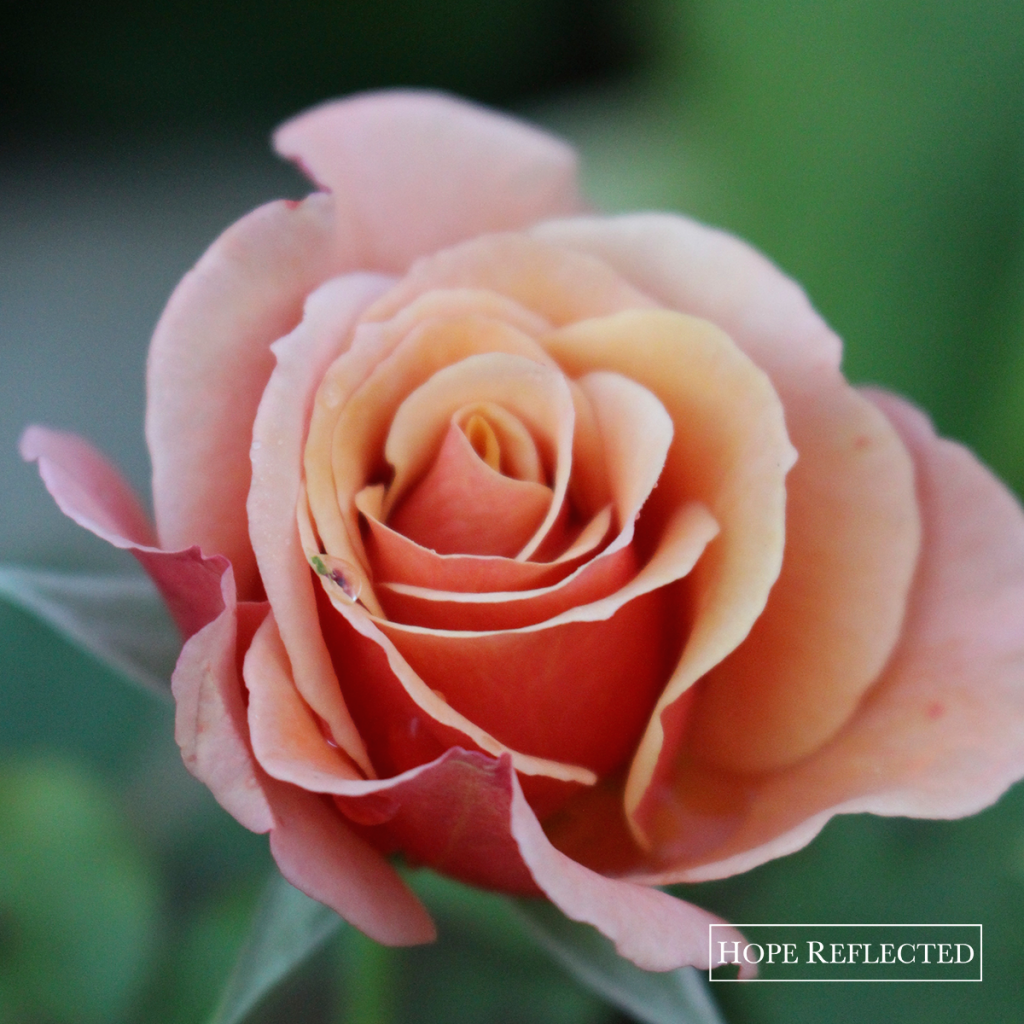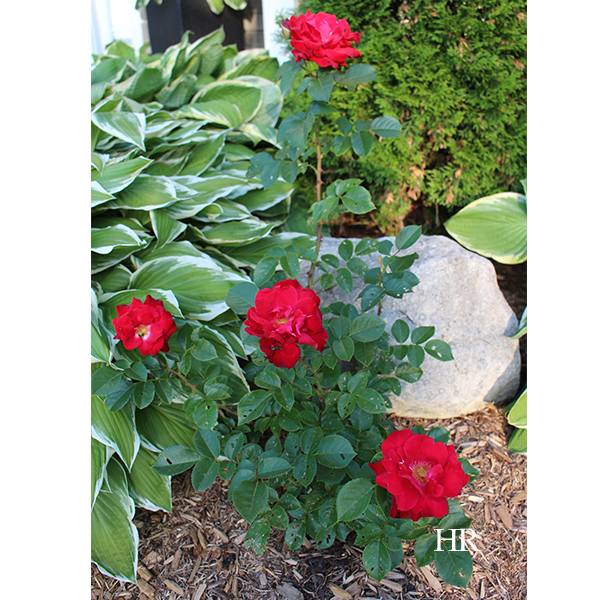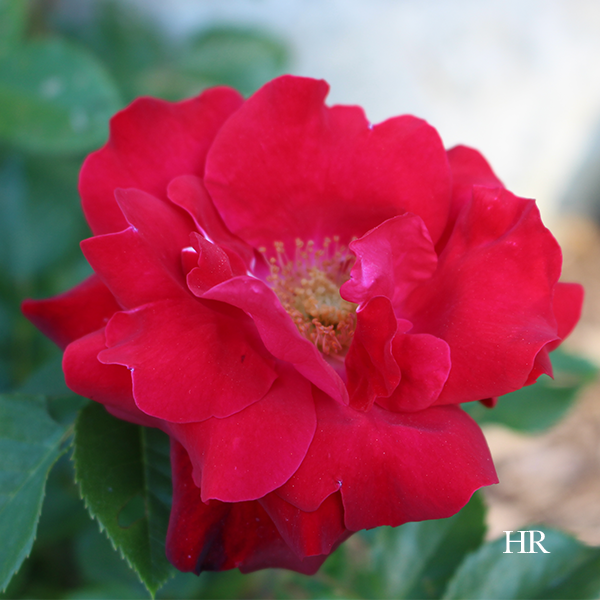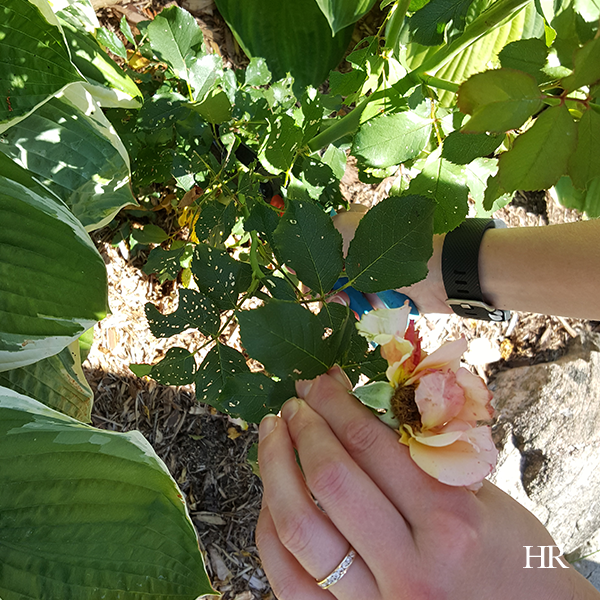Gardening | How to cut roses
Written by H, Posted in Gardening
There are thousands of rose varieties in the world. Some natural, some hybrids, roses can be separated into three groups: Species roses, old garden roses, and modern garden roses. Species roses are natural, old garden roses were cultivated before 1867, and modern garden roses were cultivated after 1867.
In our garden, Wes and I have started a collection of hybrid roses, each of a different colour and variety. A hybrid rose is created by the cross-breeding of two types of roses. While some hybrids are more hearty than others, hybrid roses make for a beautiful addition to any garden in full or partial sun.
If you’re looking to trim back your garden roses to enjoy indoors or to give away, there are some steps you’ll want to take to ensure you get the most out of your cut roses.
Tips for how to cut roses:
- Make sure your garden shears are clean. This can affect the quality of your cut roses. If you’ve been working with plants in your garden that have disease or bacteria, you don’t want that to spread to your rose bush (either the cut rose or the rose bush that remains in the ground).
- Cut the roses at the right stage. A good rule of thumb is to cut roses from your garden just after they’ve matured from a bud to a flower, when the petals are starting to blossom. This can vary depending what variety of rose you’re working with.
- Cut your roses first thing in the morning. If you can’t cut your roses before 9:00am, the second best time would be in the evening after the sun has gone down. You want to catch the rose bush when it’s still cool and holding water. This will not only make your cut roses last longer, it will also assist the remaining rose bush in recovery and regrowth.
- Cut your roses at the right angle and place. Don’t cut the rose stem straight across, you’ll want to trim the bush at a 45 degree angle. This will assist in drinking when you put the cut roses in a vase. Cut the stems as close to the base of the rose bush as possible.
- Remove any leaves that will fall below the water line. A good rule of thumb for any cut flower (not just roses) is to remove any leave that could potentially sit in the water of your vase. It’s important to leave some leaves higher up on the stem to assist the flower in drinking water, however any leaves that would fall below the water line should be removed before you put the roses in the vase.


























![False friends or counterfeit kindness; whatever you want to call it, the world is filled with people who will say one thing to your face and then another behind your back; people who will woo you in order to get something from you.
It’s sad, but it’s true.
The Bible provides us with examples from Joab to Judas, and yet, we’re surprised when we find ourselves deceived and hurt by someone else.
So what are some of the hallmarks of a true friend?
You can read more about this on hopereflected.com [Link in profile]
.
.
.
#friends #friendship #kindness #counterfeitkindness #hurt #proverbs #truefriends #hopereflected #blog #blogpost](https://www.hopereflected.com/wp-content/plugins/instagram-feed/img/placeholder.png)